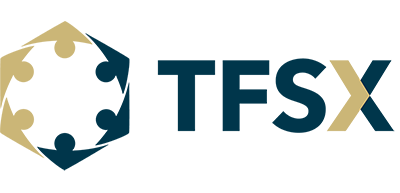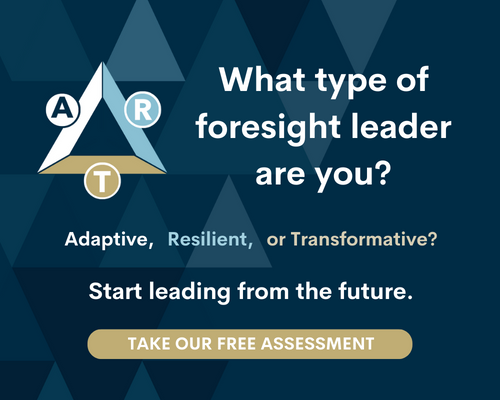Ten Tips From Disney’s (Ex) Futurist
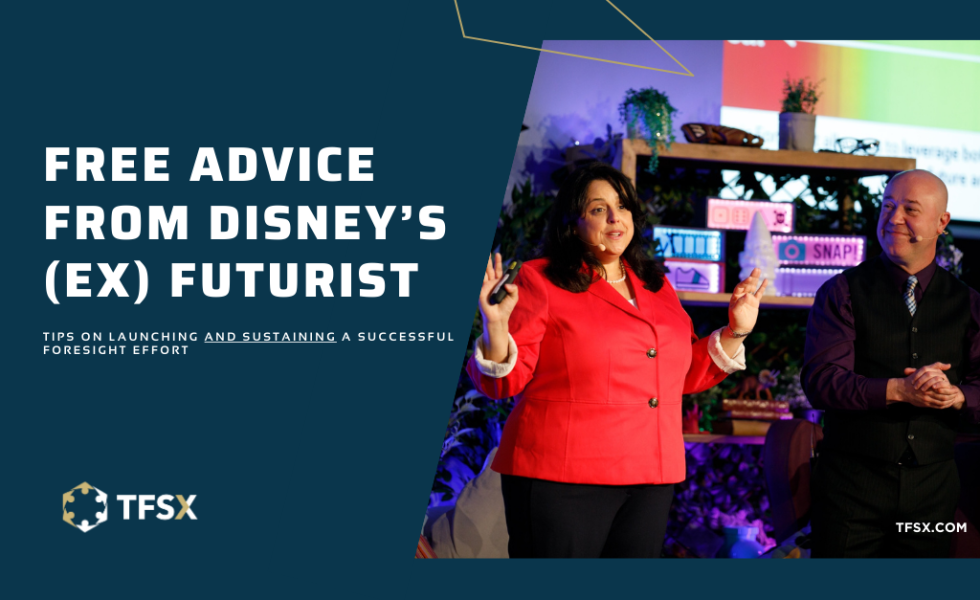
As Disney’s futurist, and in the decade following my tenure with the mouse, I’ve successfully championed foresight efforts across corporate, non-profit, and governmental sectors. This real world experience is woven throughout our custom client engagements, as well as in our capacity building and certification programs.
If I had to boil these 25+ years of experience into a more digestible “top 10” list, this would be the result!
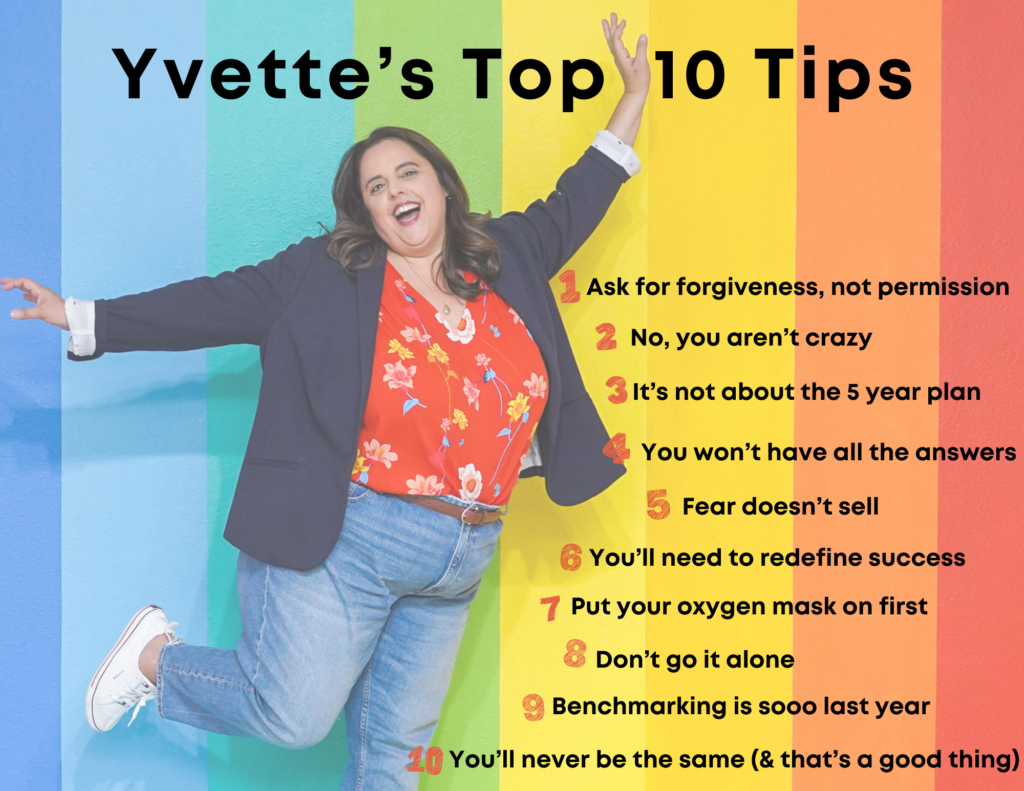
1. Ask for forgiveness, not permission
I’ve seen so many foresight efforts stall because practitioners simply didn’t act, believing they lacked the authority to do so. For example, leadership at an organization’s European and Middle East Division office had already arranged for foresight training for several cohorts. Despite receiving the training, dozens of leaders (many of them in senior positions) felt paralyzed to integrate their learnings because they felt they needed a more official “directive.”
The truth is that many foresight efforts never receive formal approval. In this case, I would argue that receiving company-sponsored training is as close to a ringing endorsement as you will often receive. Organizations are ripe for disruption, but few will blatantly ask for it. If you wait for permission, it may never come.
2. No, you aren’t crazy
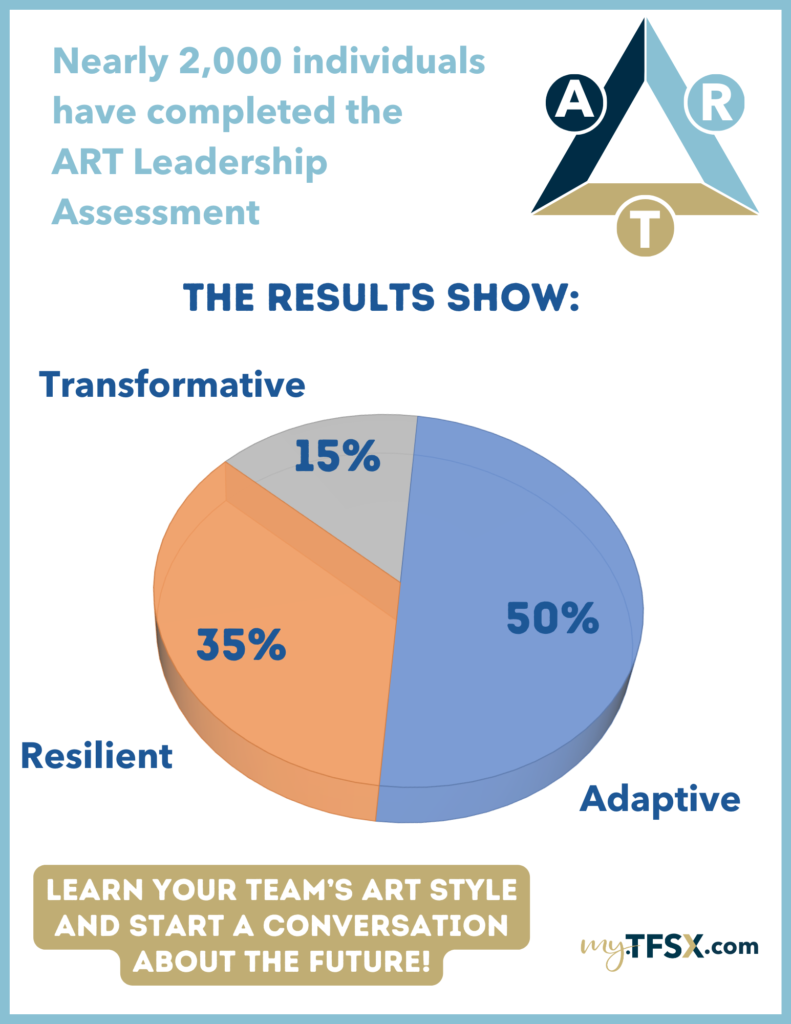
There’s a lot of gaslighting in organizational environments, especially when someone tries to go against the established systems. It’s not unusual for foresight practitioners to be labeled “crazy” as they attempt to challenge the status quo. Practicing futures thinking can be an isolating experience, so it’s easy to begin questioning your own sanity.
One way to thwart these constraints is to provide a vernacular for our different views of the future. If we can self-identify as a particular type of foresight leader (more or less risk averse, for example), it provides a common language for conversations that are more productive than name calling.
3. It’s not about the five year plan
I spent most of my Disney career building five year plans, annual operating plans, and forecasts. I thought I knew how to plan for the future. Boy, was I wrong. While foresight tools and methods can certainly help improve our traditional planning methods (i.e. through scenario planning), this discipline and its impact transcend strategic planning.
On-going planning processes offer a great integration point for foresight efforts. However, you’ll be doing yourself a disservice if you relegate futures to a once a year “app” instead of using it as the “operating system” of your organization. Foresight should fuel our strategy, innovation, change, and development efforts.
4. You won’t have all the answers
One of the most common limiting beliefs among new and tenured foresight professionals is that we must have infinite knowledge of all the trends. Not only is that impossible, it misses the point. Practicing foresight is about the facilitation of the conversations; it’s not about having access to some mystical answer key.
Of course, a successful foresight practitioner has a strong understanding of many emerging signals. You can’t call yourself a futurist if you don’t actively scan. However, your goal should never be to impress your stakeholders with your well-read brilliance. Instead, creating safe spaces for candid dialogue among individuals with diverse perspectives is where the foresight magic really happens (not in the 200 page trend report).
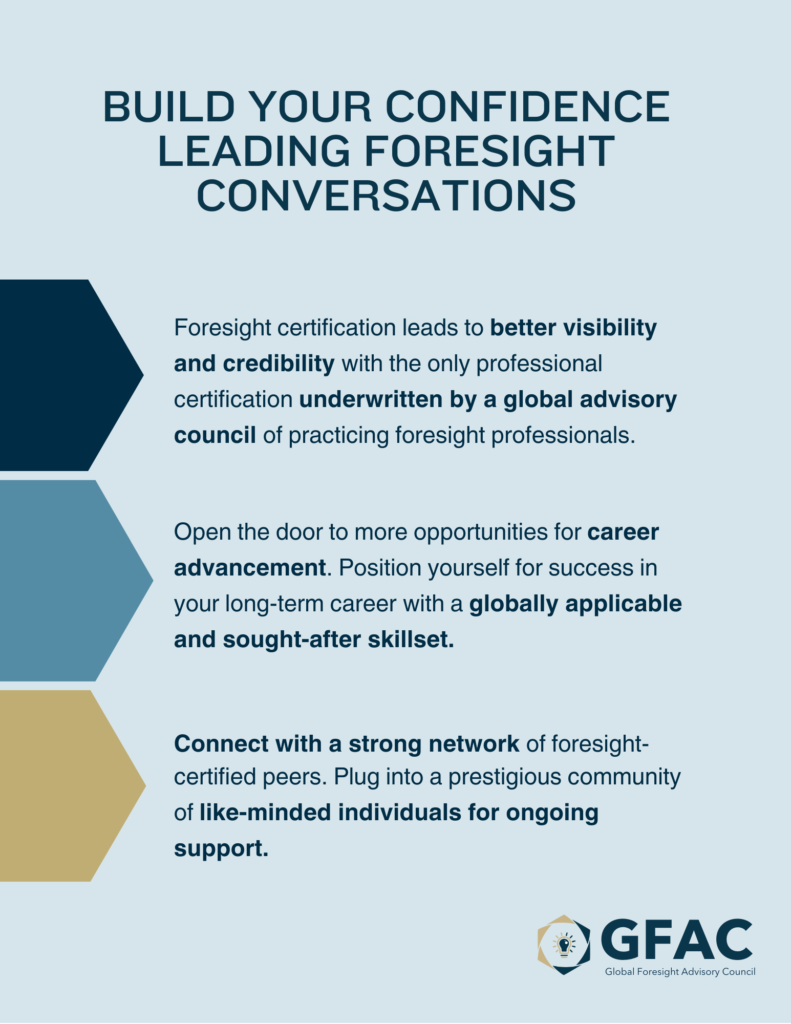
5. Fear doesn’t sell
I know it’s tempting, but telling folks the sky is falling won’t make them change their behavior. Fear fails to prompt sustainable action. Once individuals realize the threat is not imminent (e.g. climate change) or that it doesn’t respond easily to simple changes in behavior, then you lose them…forever.
If you want to build sustained support, then enlist stakeholders in CREATING the future they WANT, not AVOIDING the future they FEAR. You’ll catch more bees with honey, and you’ll be having the right conversation – one about the transformational futures we aspire to.
6. You’ll need to redefine success
“Does your foresight effort have ROI?” is a common question from organizations beginning their foresight journey. This, or, worse yet, the KPI question, can easily derail even the most experienced futurist. The issue is that today’s measurements are often ill equipped to capture tomorrow’s impacts.
That’s not to say that foresight doesn’t drive present-day value. Futures thinking is ALL about today. Rather, we must be open to reframing our definitions of success, as they are often built upon outdated systems. Foresight isn’t a numbers game, it’s a mental sport.
7. Put your oxygen mask on first

Professionals often fall short of their foresight goals because of self-limiting beliefs. They falsely believe that the only way to successfully practice foresight is if they hold positions in senior leadership, in strategy, or on the innovation team.
Everyone can (and should) practice foresight in their everyday work. If you feel that your sphere of influence is too narrow for foresight, think again! If you are only responsible for yourself, then focus on building your own foresight capability to not only set you up for success in your current role, but also to arm yourself with skills that will benefit you for the rest of your career.
8. Don’t go it alone
Foresight is not a spectator sport, and it’s definitely not an individual competition. Attempting to map the future on your own is ineffective and futile. Going it alone will not only hinder your work product, but it will limit your own potential as a futurist.
Successful foresight requires that we gather diverse perspectives to challenge our own biases and ensure ownership in the outcomes. If you don’t feel you have a community to draw from within your organization, there are so many formal and informal futurist networks these days that it’s not hard to find fellow foresight professionals willing to collaborate with you.
9. Benchmarking is so last year
When stakeholders ask for a case study or a benchmark, what they are really asking for is an excuse to NOT ACT. Since no previous project will ever completely line up with an organization’s current needs, the request for examples of past success is a veiled attempt to shoot holes into the foresight efforts underway.
There are some amazing case studies detailing the impact of foresight projects at companies, institutions, and governments (we’ve linked our Disney case study here). Each of these success stories includes its own unique set of variables: focal issue, geography, sector, etc…, and likely none of them will appease your leadership’s desire for a benchmark. Instead of scouring the internet for the perfect benchmark, ground your foresight project in transparent outcomes connected to the business.
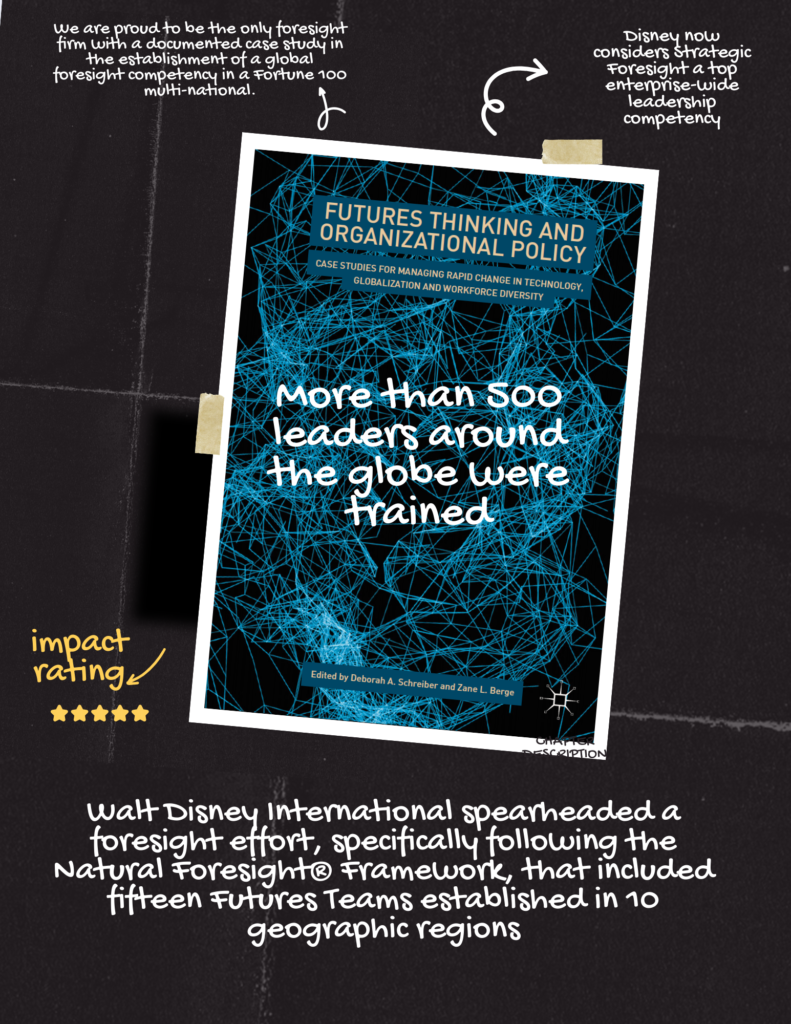
10. You’ll never be the same (and that’s a good thing)
Once you unlock your inner futurist, there’s no going back. You’ll never see the future, the present, or the past in the same way. You won’t approach your role, your career, or your life without first engaging your futures mindset. Foresight changes you (and those you influence), and that’s for the better.
Applying foresight tools and thinking brings with it a sense of agency. While no two people have the same past or present, the future is the one space we can all co-create. So, while integrating foresight into organizational environments can be challenging, facilitating those efforts will make you a better leader, futurist, and all around human.
For these tips and much more, consider joining one of our upcoming foresight think tanks and collaborate with a global cohort to create a set of scenarios in just three days!

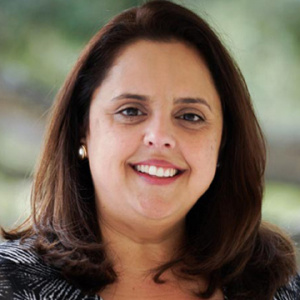
Yvette Montero Salvatico
Co-Founder
Managing Director
Holding a bachelor’s degree in Finance and an MBA from the University of Florida, Yvette has over 15 years of corporate experience with large, multi-national firms such as Kimberly-Clark and The Walt Disney Company. Before co-founding TFSX, she led the effort to establish the Future Workforce Insights division at the Walt Disney Company, identifying future workforce trends and leveraging foresight models and techniques to assess potential threats and impacts, emerging ideas, and exciting opportunities for the organization.
Read More